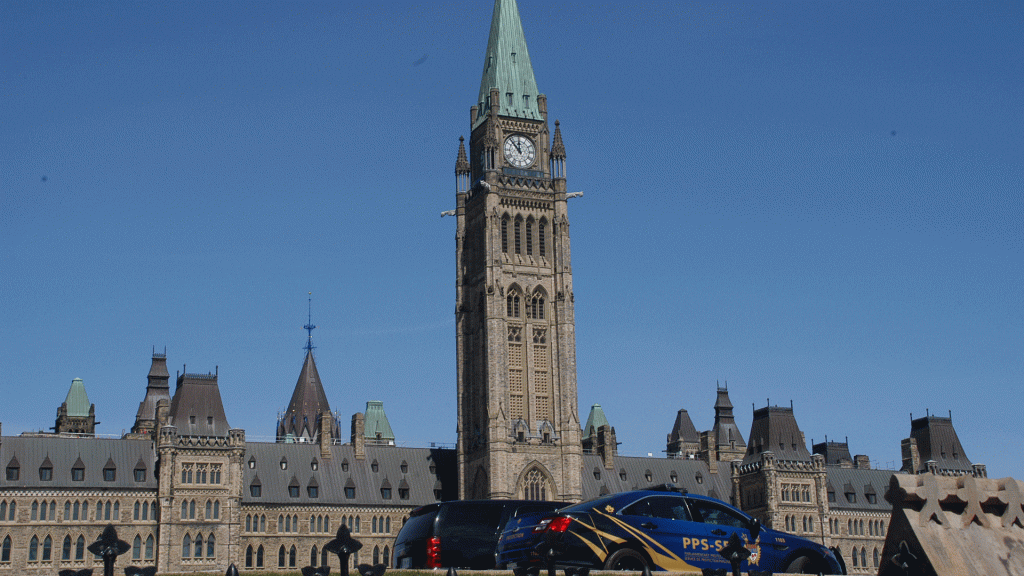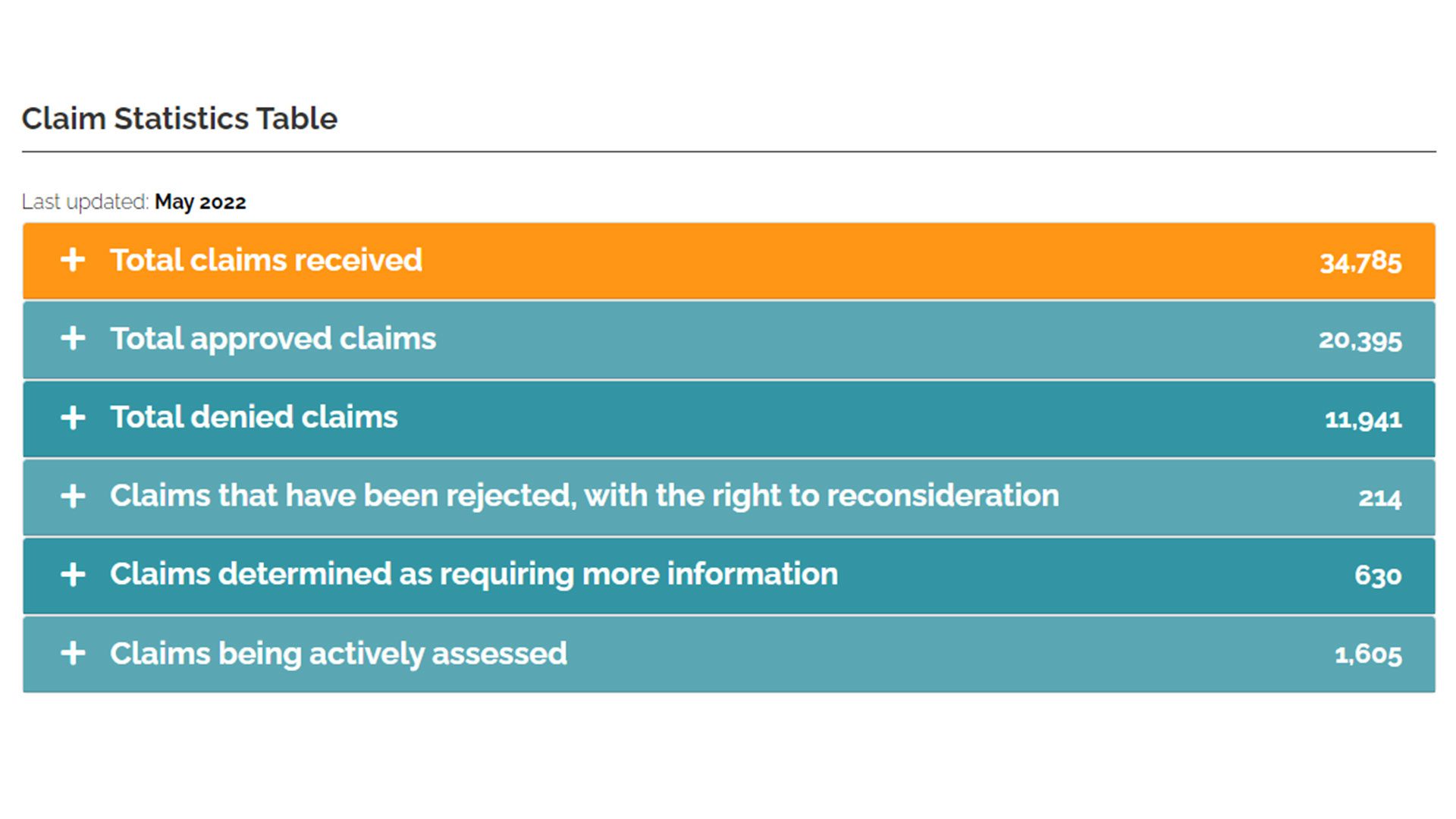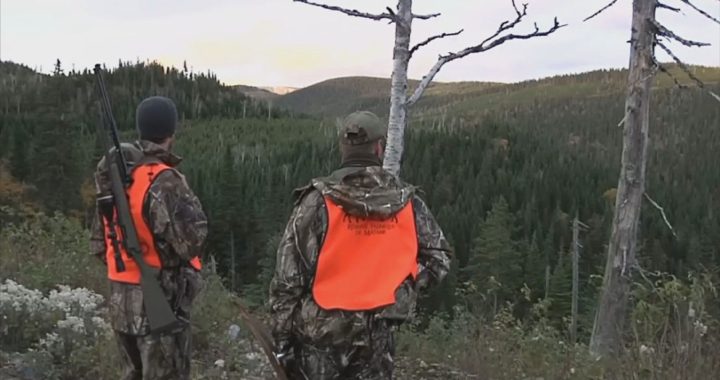
As ‘60s Scoop survivors continue to fume over the wait for their final payment, lawyers and the federal government are refusing to explain why.
“Sixties Scoop been waiting for 11 months for our second payment,” said Lawrence Johnny in an email to APTN News.
“We have written, called to get answers but nothing. Please help us.”
“I noticed day school (survivors) getting their money hell(uva) a lot faster,” said Wanda Laughren in her email to APTN.
“They keep on coming up with excuses and people are getting tired of it.”
RELATED: ’60s Scoop survivor compensation payments capped at $25,000
The payments are owing under the $875-million Sixties Scoop Settlement Agreement.
The agreement is meant to compensate between 20,000 and 30,000 Indigenous survivors who were “scooped” from their homes as children starting in the 1960s and placed with non-Indigenous families and foster parents.
The federal government settled the class-action lawsuit in November 2018. (Métis and non-status First Nations people are excluded from the settlement.)

The individual payments were capped at $25,000 each in April after the number of eligible survivors exceeded 20,000. Some survivors received partial payments during the COVID-19 pandemic while others have yet to see a dime.
Doug Lennox of Klein Lawyers, lead spokesperson for the four law firms representing the class, said he couldn’t say when the final payment would be approved by the courts.
“I remain hopeful that we’ll get class member money soon,” he said in a telephone interview from Vancouver.
“And class counsel has been working diligently with the government to make that happen.”
The law firms were paid $75 million and the new Sixties Scoop Healing Foundation received $50 million. Any interest earned by the settlement fund goes to the Foundation, according to the settlement agreement.
Related: Federal Court approves interim payment to eligible ’60s Scoop survivors
Lennox wouldn’t say what was holding up the order the courts needed from lawyers for both sides to release the final $250 million to fund the last payments. A check of the court file showed the order had not yet been filed.
“It’s taken longer than it was contemplated,” Lennox added. “The claims process has been complicated.
Emotional issue
“It’s an emotional issue for people and – what I would emphasize is – it is really important to bring this matter to a conclusion so people can have some peace of mind.”
Collectiva, the claims administrator, said it received 34,785 claims by the application deadline. It has so far approved 20,395 claims and denied 11,941, it said in an updated post on the settlement’s website.
During the pandemic, some survivors received their first payment of $21,000 and have been waiting about 11 months for the outstanding $4,000. Others,who have yet to see a dime, are still waiting for their full payment of $25,000.
APTN tried to ask Marc Miller, minister of Crown-Indigenous Relations, when survivors would see their payments but he wasn’t made available to answer questions.
Instead, a department spokesperson said the process of seeking court approvals to issue a final payment was underway but wouldn’t explain the delay.










